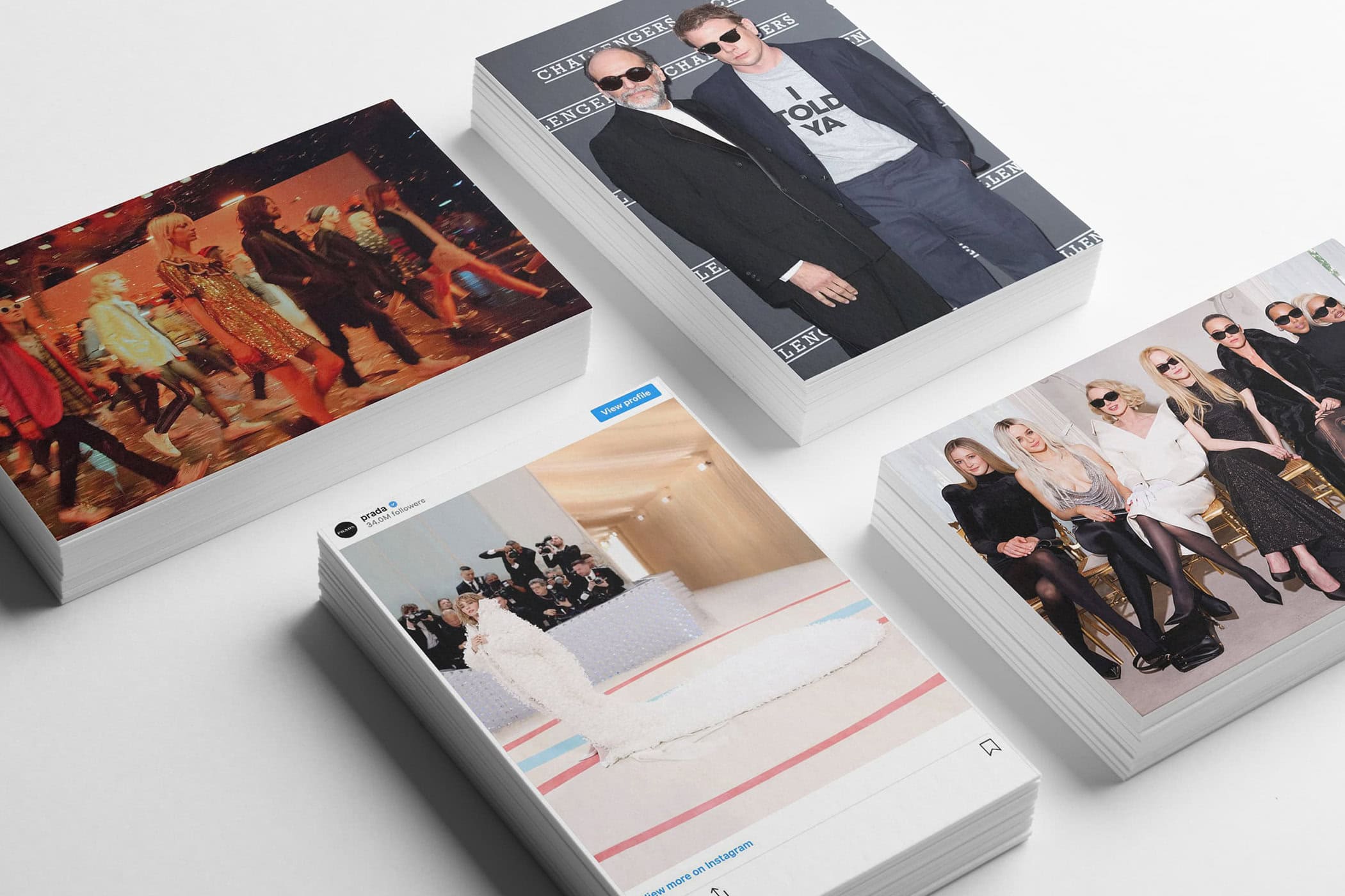The Case for Elevating the Role of PR Teams
By Carrie Crecca Maitoza
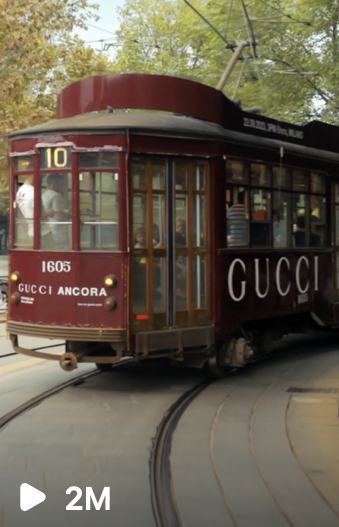
In today’s hyper-competitive fashion industry, where visibility and shareability (Instagram recently made shares visible, yet another metric to chase!) are king, PR teams are under intense pressure to prove their worth. Brands are facing challenges with shifting consumer behaviors leading to erratic sales. As the fashion industry grapples with the relentless pace of digital transformation, the role of PR has evolved to orchestrating complex, multi-channel narratives. The rise of influencer marketing and the shift towards direct-to-consumer models have created an environment that has PR teams feeling the pressure. With clients demanding clearer returns on their investments, the traditional role of PR is being scrutinized, leaving many PR teams feeling disoriented, spread thin, and doubting their tried and true tactics. This raises a critical question: where does this leave PR teams? The answer isn’t necessarily to overhaul PR itself—instead, it’s time to reframe how PR is perceived and uplift the unique, built-in skills PR professionals already possess within a brand’s broader strategy.
Index
- Expanding PR Beyond the Box
- The Strategic Value of PR: Involving PR in High-Level Decisions
- Does PR Need a Rebrand?
- Why elevate PR?
- Bridging the PR-Client Divide
Expanding PR Beyond the Box

Nora Ephron once said, “everything is copy,” meaning anything that happened to her no matter how mundane was fair game to craft into her next great script. When we’re thinking about fashion brands in 2024, I’m going to go out on a limb and say, “everything is PR.” I’d like this to take a little bit of a different direction than Nora Ephron’s famous quote, however. What I mean is that anything a brand does for public consumption is essentially PR. From the next ad campaign, to the new celebrity ambassador, to the influencer partnership, to the marketing email blast, to the Instagram caption, it is all brand visibility and it is a form of PR. It’s communication. For better or for worse, someone who understood this expertly was Hedi Slimane back in the 2010’s when he took over as Creative Director of Yves Saint Laurent. His belief that “everything is PR” was so brazen, he even changed the company name. The logo. All the way down to the retail stores’ doorknobs. All of it tapped back into one singular vision. The vision was so cohesive no one could even tell how much of an expert he was in PR. For the times back then, it was all very sly and it worked. In contrast, the more recent disconnect between a certain luxury brand’s ad campaign and its celebrity partnerships resulted in a PR crisis that could have been averted with better integration.


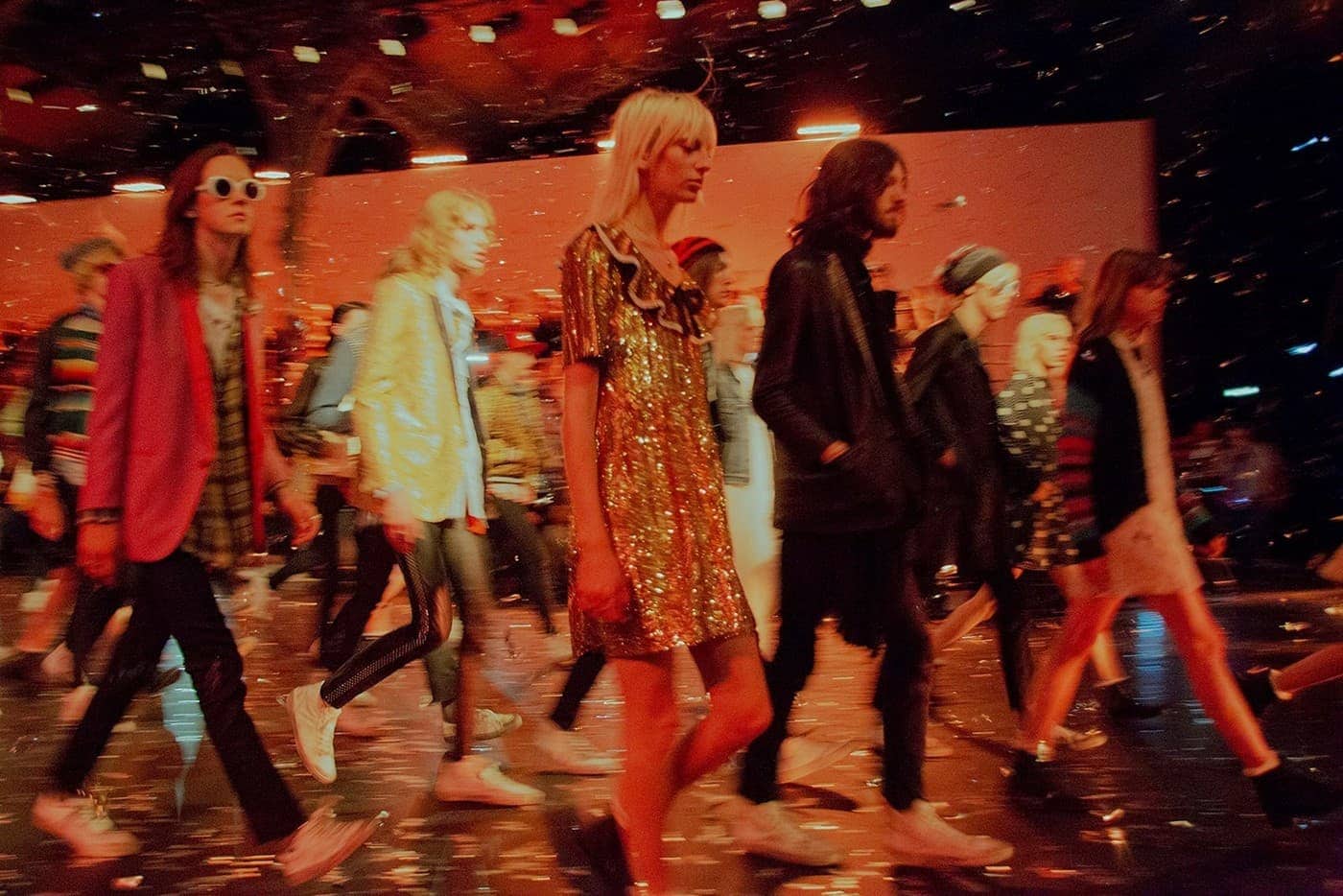
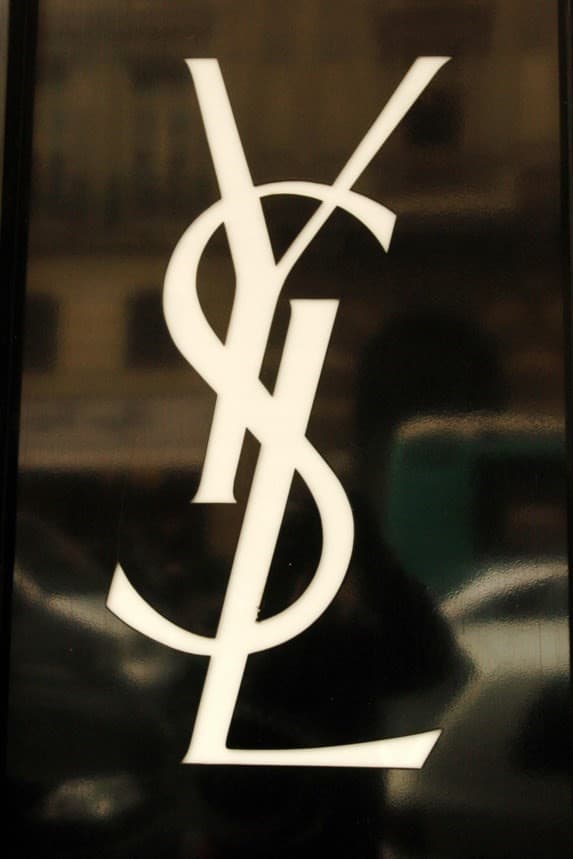

But you don’t need to be a star Creative Director to utilize this mindset. It’s time to expand our understanding of PR as we know it and give PR the opportunity to weigh in on the many visible aspects of a brand, especially when the desired goal is to generate press coverage, likes, or shares. We have a team of very creative and visual people (who often get the rap for not being so) sitting under our noses who might be underutilized. Let’s allow our PR teams to exercise their creative thinking by simply including them in bigger decisions from the beginning.
The Strategic Value of PR: Involving PR in High-Level Decisions
One of the most significant challenges PR teams face is being brought into the mix too late—often after key decisions have already been made. Yet they are still on the hook to deliver fantastic press coverage no matter what. For instance, a brand might decide on a celebrity ambassador without consulting the PR team, even though the ambassador’s alignment with the brand is crucial for securing media coverage and social media buzz. PR professionals bring a deep understanding of media dynamics that is essential for crafting narratives that resonate with both the press and the public. Their ability to anticipate media trends and consumer responses allows brands to stay ahead of the curve, ensuring that every campaign not only reaches its audience but also leaves a lasting impact. We have to stop perceiving PR as a magic wand waving machine that can generate press just because we’re paying for PR services. If only it were so simple! Generating press is an intricate dance of factors that requires a buy-in and support from the brand or client.
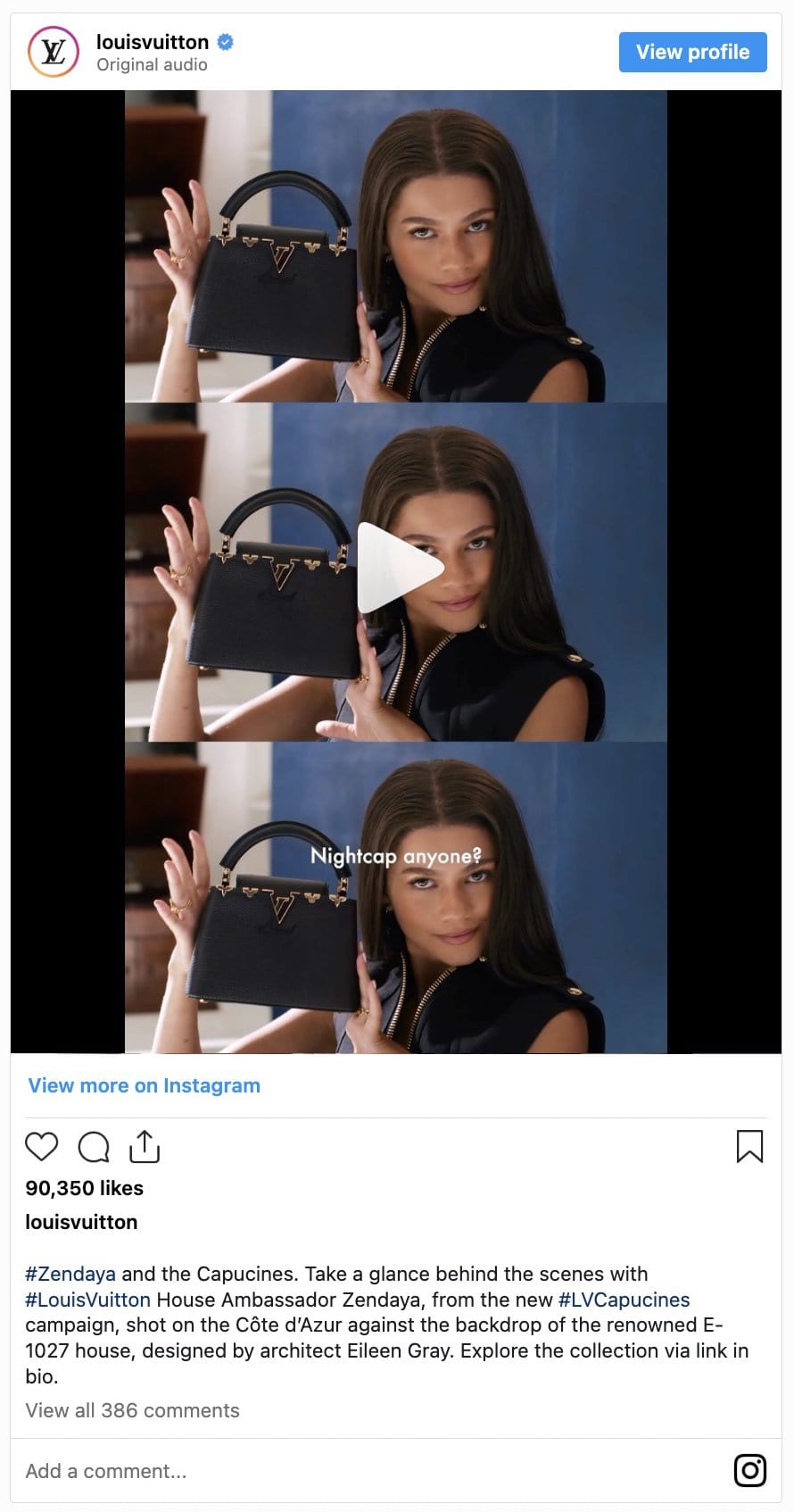
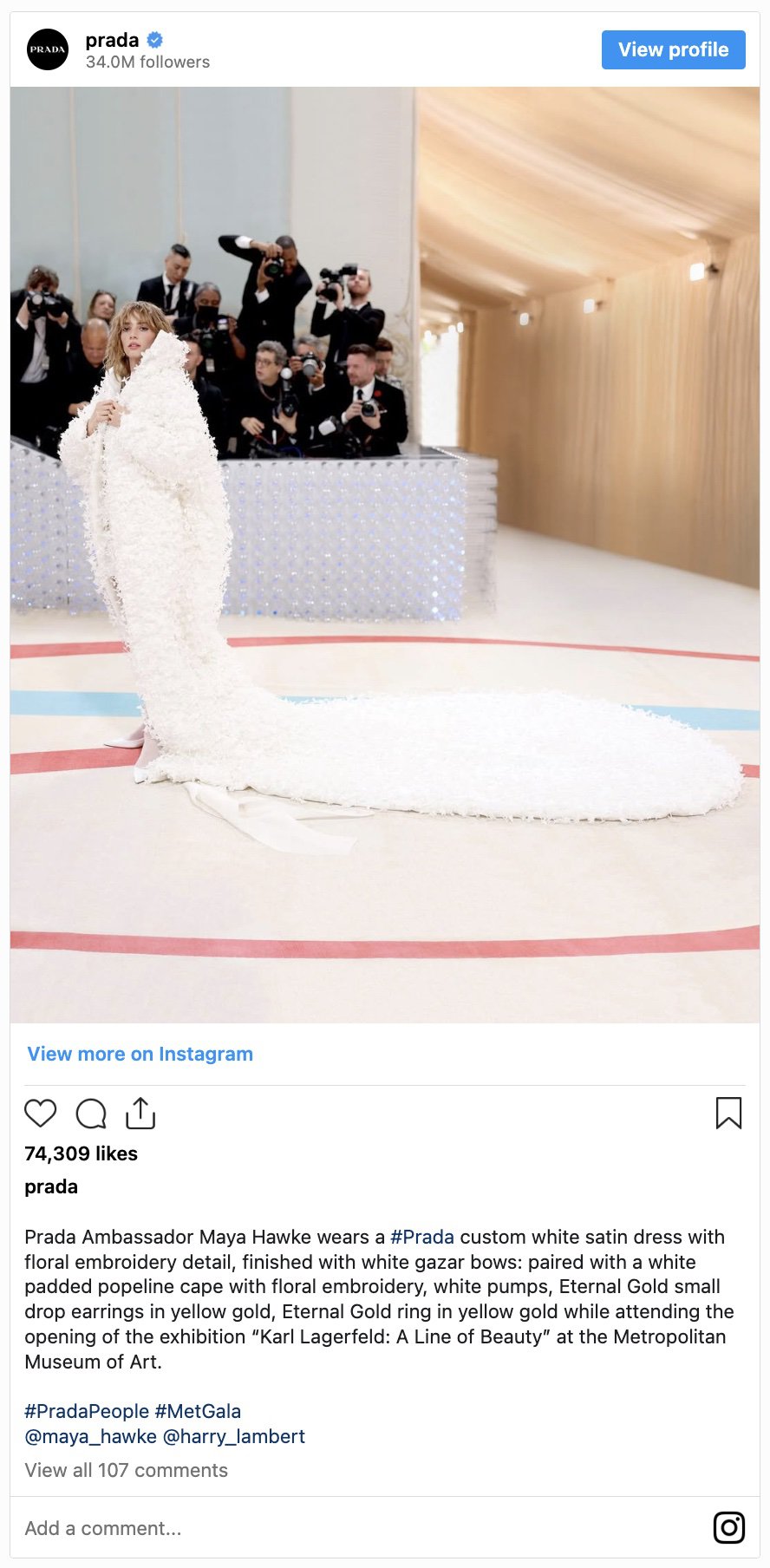
Does PR Need a Rebrand?
Before I go into why involving your PR team from the outset is so important, I want to back up and first ask, does PR need a rebrand?
PR is often the most misunderstood team—whether it is an agency or in-house. That is why I have built an entire community of over 20K publicists who commiserate over the struggles of being in an underestimated role that is exercised more like an afterthought rather than an authority. PR teams at brands can often be perceived as a nuisance, always throwing wrenches in carefully laid plans with a disruptive sense of urgency. They seem to operate with their own set of rules, eliciting eyerolls throughout the office.
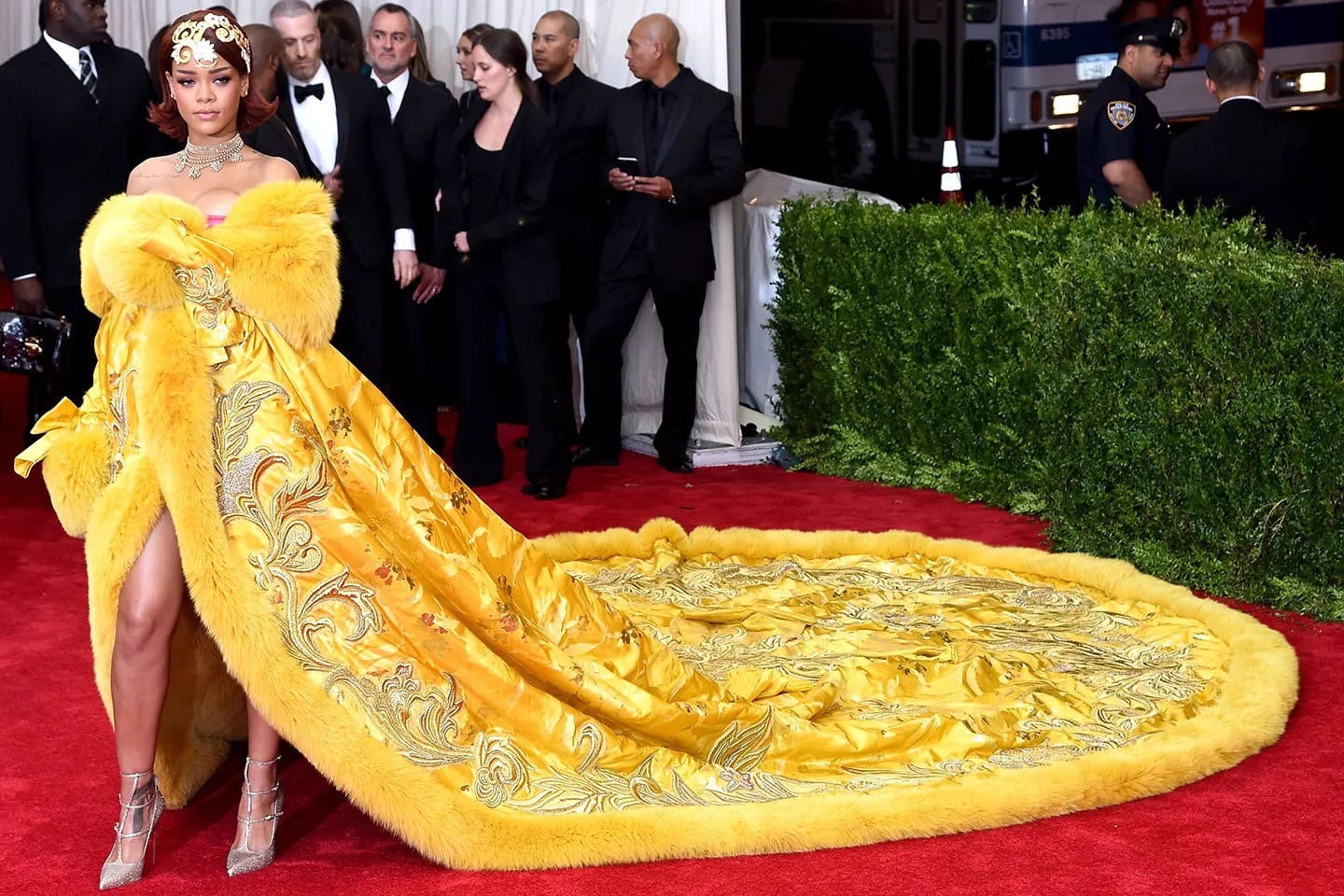
However, PR teams are simply reacting to the tenor of the high-stakes and rare opportunities for quality brand visibility that they are working hard to drum up in an extremely competitive market. That is what is at the other end of their fury. Opportunities are fleeting, and the PR team must discern what is worth the fuss and disruption of the day-to-day and what isn’t. It often takes an exceptional effort, an exceptional day (try days, weeks, months, sometimes years!) to get an iconic yellow gown on Rihanna on the MET gala steps that no one has forgotten about since.
Why elevate PR?
Proximity to the media in real time gives PR teams an edge. They have a unique ability to understand what will resonate with the press and ultimately the consumer in a way that other departments cannot.
PR teams are able to uplift the mediagenic aspects of a brand to best craft narratives for media engagement. This takes experience and creativity; oftentimes the most interesting parts of a brand to a PR person are considered throwaways to other departments and simply do not get used. These are missed opportunities!
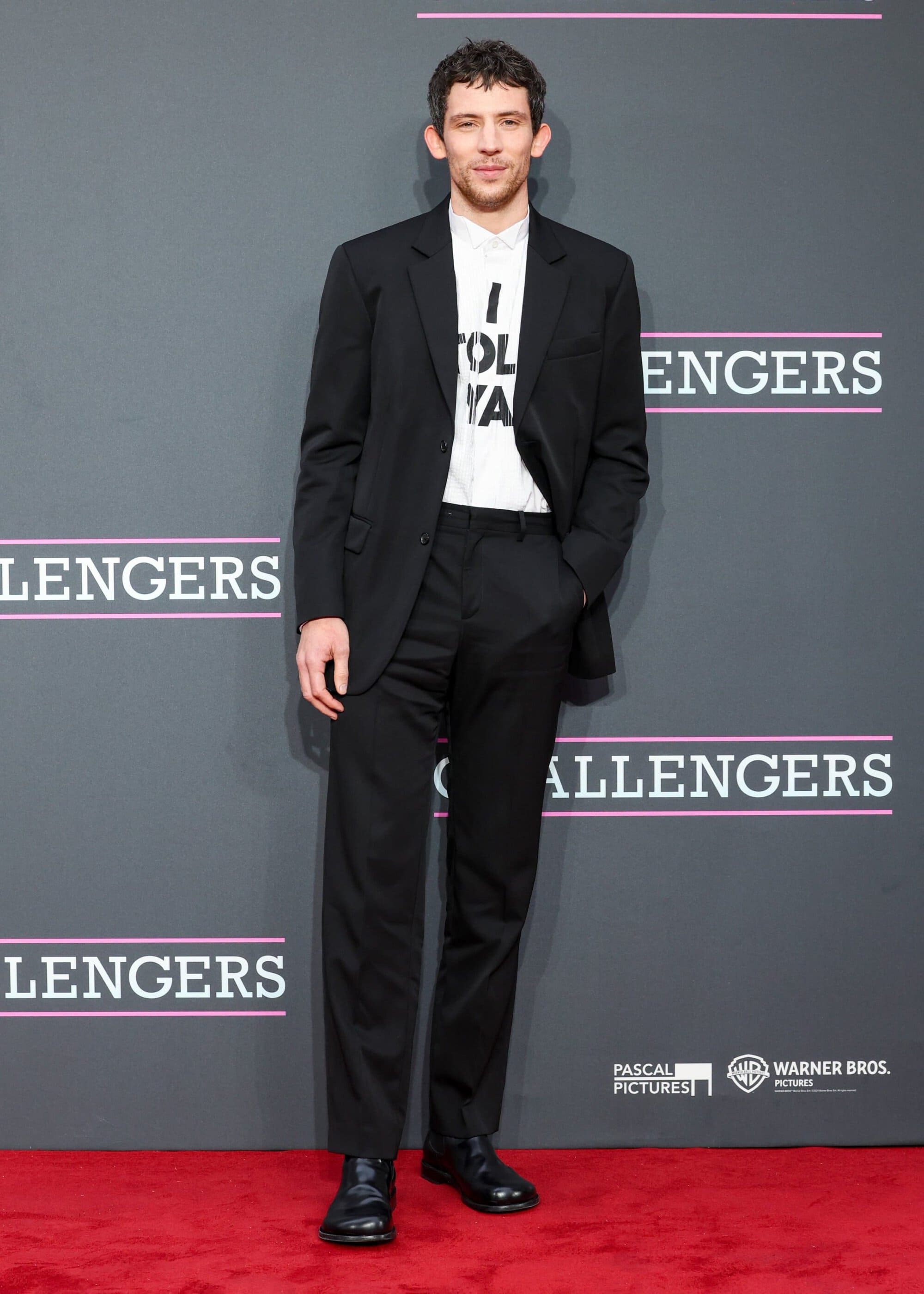

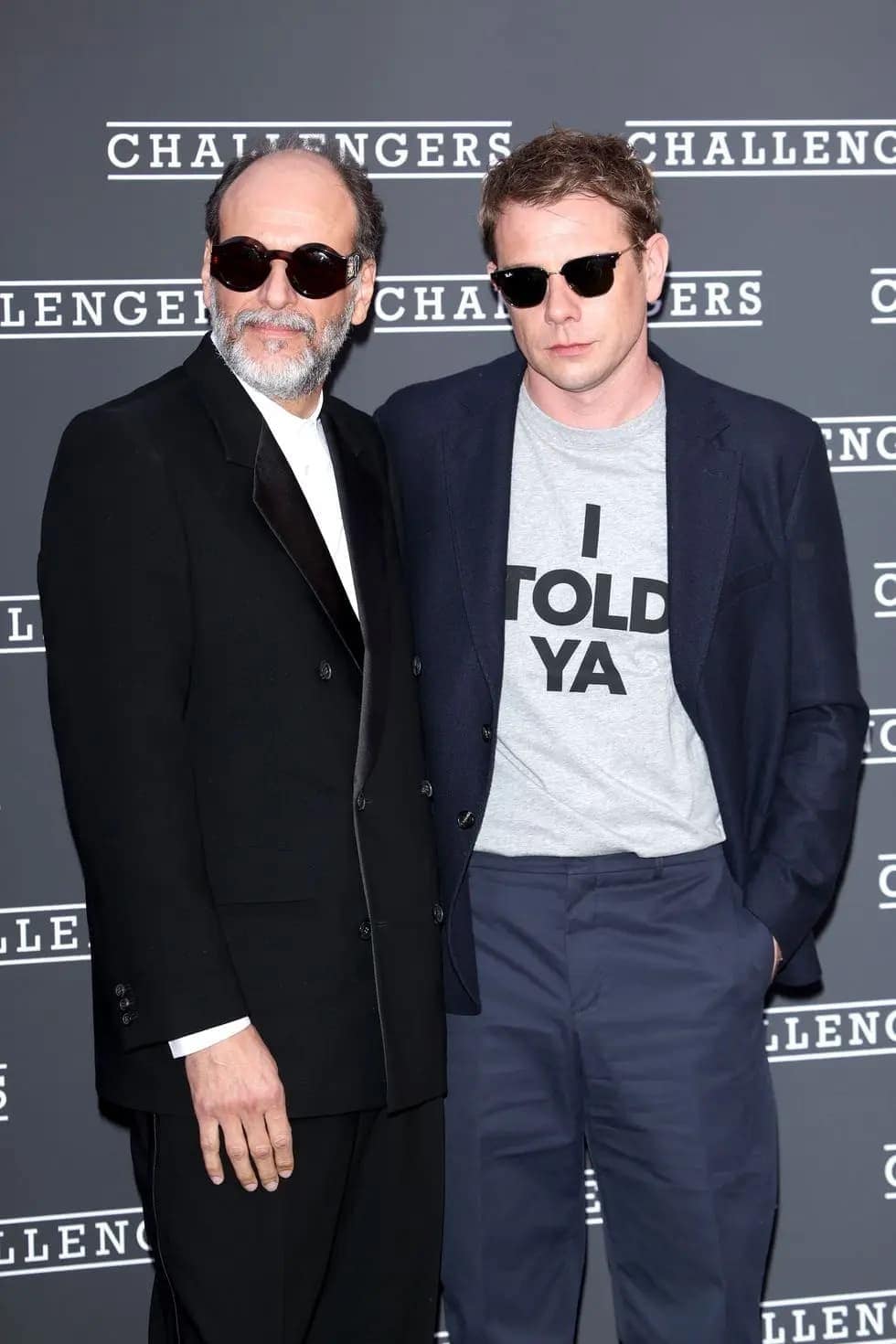

PR teams work with the most discerning set of people (it’s hard to secure quality press!) so when they are brought into brand strategy decisions, they have a high level of discernment and an acute sense of positioning, strengthening the overall brand perception.
When brands keep departments siloed, it shows. A celebrity front row that doesn’t align with the same brand’s ad campaign that seems off from their influencer marketing tactics becomes obvious to press instantly and eventually catches up with the consumer. Involving PR keeps the messaging and brand positioning consistent across channels and activities. This simply nurtures a stronger brand voice and perception that is memorable and unshakeable.
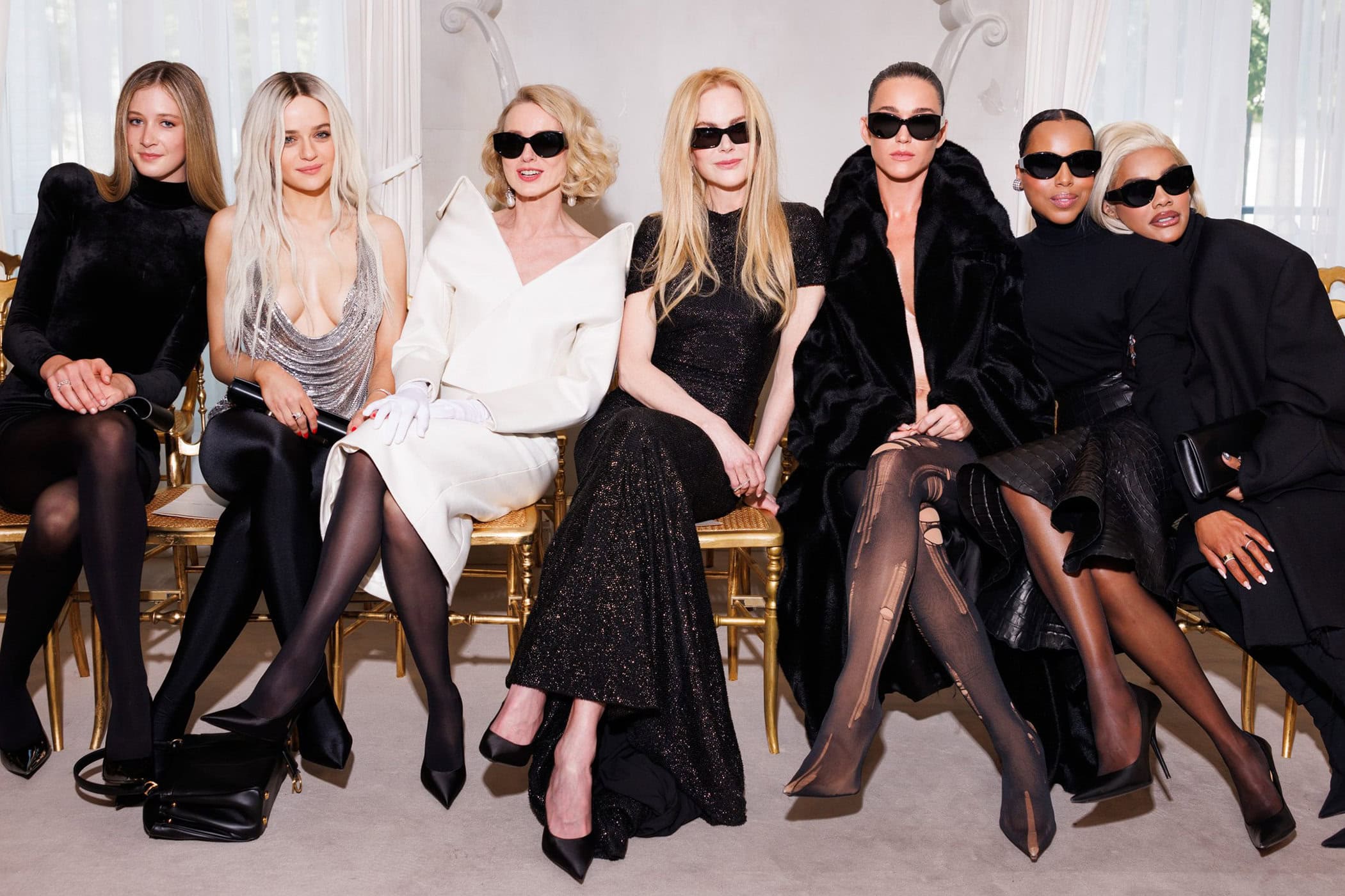
When PR is not given the chance to at least offer a recommendation for higher-level brand strategy decisions, they will have a harder time securing press results when it was never their vision to execute on anyway. They often get blamed—or worse—fired instead of fixing the root of the problem.
Excluding PR can lead to ineffective campaigns and wasted resources.
Bridging the PR-Client Divide
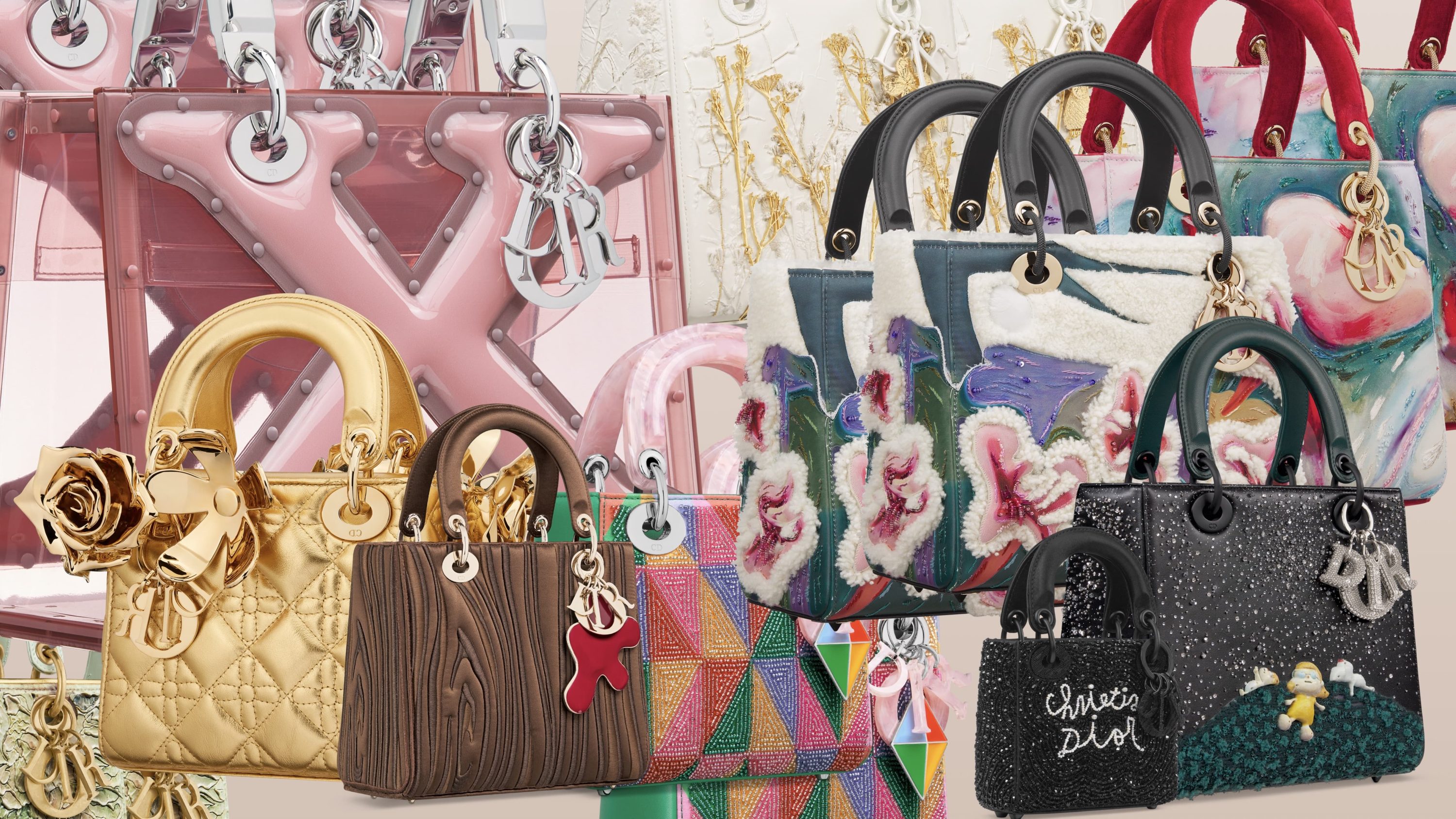
There is an unspoken disconnect between PR teams and clients (for agencies) and adjacent departments (for in-house) that must be addressed. It has become a norm in our industry and with the state of affairs feeling more like the wild wild west, we must review this dynamic in order to succeed. Elevating PR within a brand’s strategy is not without its challenges. Resistance from other departments, who may view PR as encroaching on their territory, is common. However, by fostering collaboration and clearly defining roles, brands can create a more integrated approach that benefits all parties involved. It’s time to reframe PR’s role by closing this gap and ensuring that PR professionals are integral to the decision-making process. Clear expectations for press coverage should be established, but we must also stretch our perception of what PR can achieve. By empowering PR teams to go beyond traditional roles, rather than pegging them as “bad” with no further inquiry, we can allow them to truly shine—shaping narratives, driving visibility, and playing a pivotal role in a brand’s long-term success. When PR is involved in high-level strategic decisions, the results are more than just immediate media coverage—they contribute to building long-term brand loyalty and trust. A cohesive, well-aligned brand message creates a lasting impression, fostering an emotional connection with consumers that goes beyond transient trends.
